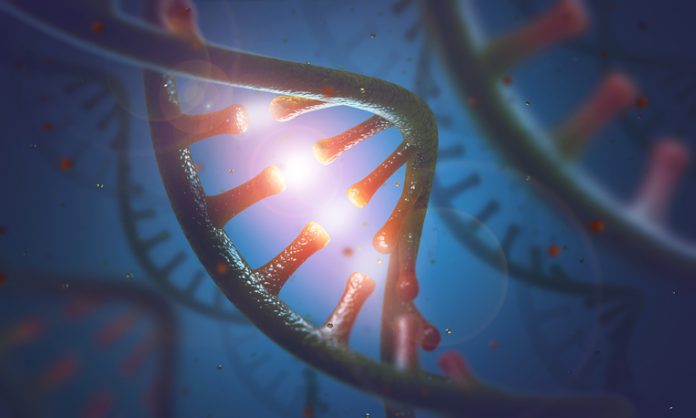Source: Thailand Medical News Jan 18, 2020 5 years, 11 months, 1 week, 5 hours, 11 minutes ago
Researchers at the Ontario Institute for
Cancer Research (OICR), in an unprecedented pan-
cancer analysis of whole
genomes, have discovered new regions of
non-coding DNA that, when altered, may lead to
cancer growth and progression.

The research, published in
Molecular Cell, reveals novel mechanisms of disease progression that could lead to new avenues of research and ultimately to better diagnostic tests and precision therapies.
Though previous studies have focused on the two per cent of the
genome that codes for proteins, known as genes, this study analyzed
mutation patterns within the vast
non-coding regions of human
DNA that control how and when genes are activated.
Dr. Jüri Reimand, investigator at OICR and lead author of the study told
Thailand Medical News,
"Cancer-drive
r mutations are relatively rare in these large
non-coding regions that often lie far from genes, presenting major challenges for systematic data analysis. Powered by novel statistical tools and whole genome sequencing data from more than 1,800 patients, we found evidence of new molecular mechanisms that may cause
cancer and give rise to more-aggressive tumours."
The study group analyzed more than 100,000 sections of each patient's
genome, focusing on the often-overlooked
non-coding regions that interact with genes through the three-dimensional
genome. One of the 30 key regions discovered was predicted to have a significant role in regulating a known anti-tumour gene in
cancer cells, despite being more than 250,000 base pairs away from the gene in the
genome. The group performed CRISPR-Cas9
genome editing and functional experiments in human cell lines to explore the
cancer-driving properties of this
non-coding region.
Dr Reimand added, "We characterized several
non-coding regions potentially involved in oncogenesis, but we've just scratched the surface. With our algorithms and the rapidly growing datasets of patient
cancer genomes and epigenetic profiles, we look forward to enabling future discoveries that could lead to new ways to predict how a patient's
cancer will progress and ultimately new ways to target a patient's disease or diagnose it more precisely."
Dr Reimand's research group developed the statistical methods behind this study and made them freely available for the research community to use. These methods have been rigorously tested against other algorithms from around the world.
Hele
n Zhu, student at OICR and co-first author of the study commented, "Looking into the
non-coding genome is really important because these vast sections regulate our genes and can switch them on and off.
Mutations in these regions can cause these regulatory switches to act abnormally and potentially cause or advance
cancer. We've shown that our method, called ActiveDriverWGS, can excavate these regions and pinpoint specific areas that are important to
cancer growth."
Dr. Liis Uusküla-Reimand, Research Associate at The Hospital for Sick Children (SickKids) and co-first author of the study further added, “Although these candidate driver
mutations are rare, we now have the first experimental evidence that one of the mutated regions regulates
cancer genes and pathways in human cell lines. As the research community collects more data, we plan to look deeper into these regions to understand how the
mutations alter gene regulation and chromatin architecture in specific cancer types to enable the development of new precision therapies to patients with these diseases."
Reference: Helen Zhu et al, Candidate Cancer Driver Mutations in Distal Regulatory Elements and Long-Range Chromatin Interaction Networks, Molecular Cell (2020). DOI: 10.1016/j.molcel.2019.12.027
